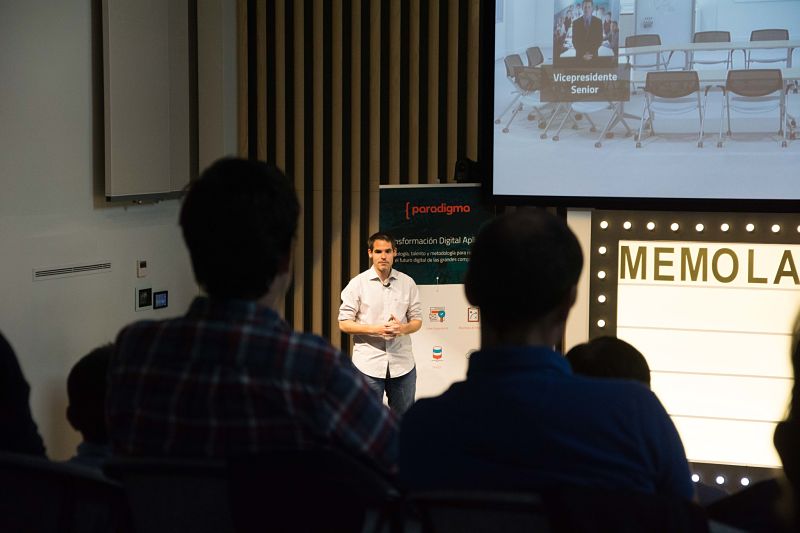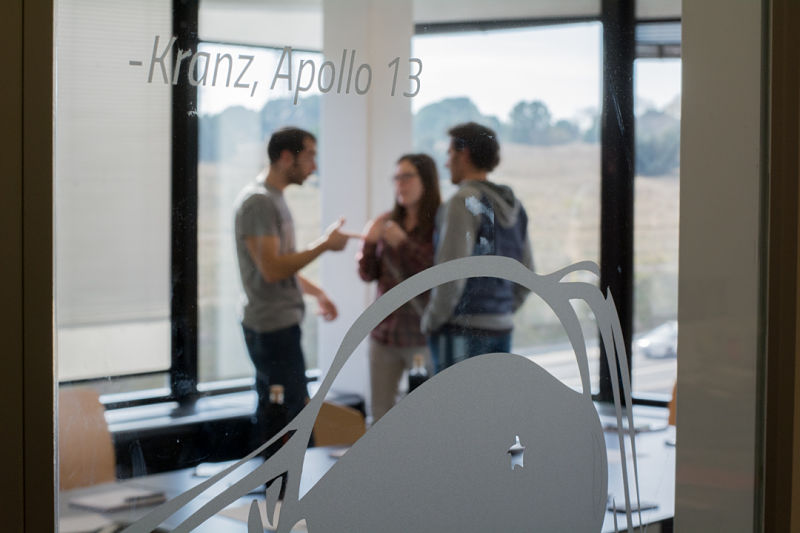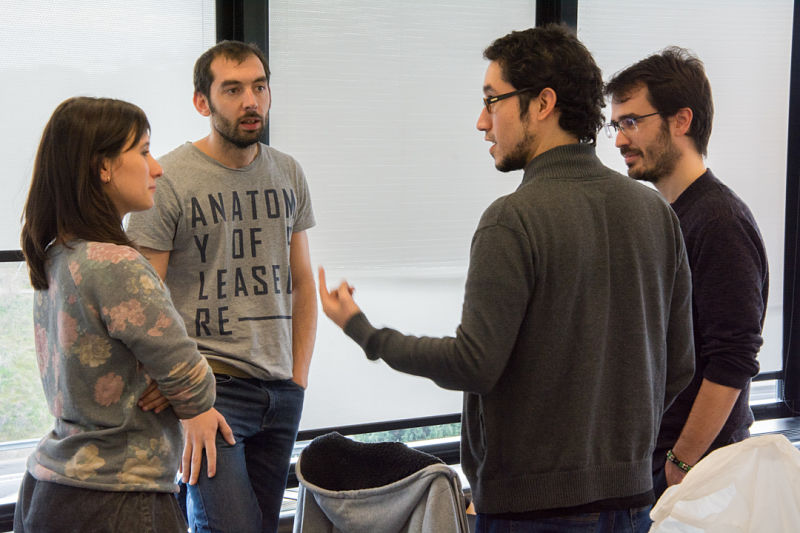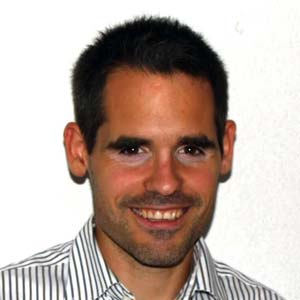I still remember the day I arrived at Paradigma. They told me: ‘Your mission is to see how the company’s Scrum is and to improve everything that isn’t working well’. Then I wondered: ‘But, what am I?’. The answer was that, at Paradigma, there are no labels.
I have to admit that in that moment I was perplexed; part of my job was going to involve approaching teams that had spent years working in a particular way to tell them that what they were doing was wrong, or how they could improve. Who was I to tell them that? As a stranger! This is where the struggle between ‘Comfort Zone’ and ‘This is a challenge, who said anything about being scared?’ begins.
Then came the day that I was introduced: ‘This is Javi, our Agile Coach’. And then the million-dollar question arose: what is an Agile Coach?

On arriving at Paradigma I asked my new colleagues what they needed from me, how I could help them. Most asked that when they had a problem to help them solve it by means of the answer: ‘What would you do?’. It is here that the challenge begins.
After more than a year acting as Agile Coach, I think I can formulate my own definition. It’s not a textbook definition, but it really does reflect my experience at Paradigma. The fact that Agile Coach is the union of two different concepts, forces me to split myself into two people and two very different profiles.
The Coach side
The Coach side is possibly more complicated. I’ve been lucky enough to take classes and exchange knowledge with people like Carmen Valls, who in very little time through coaching was able to unite and ensure success for a team that was not working well. I know because… I was part of that team!
From my experience, the Coach side has to be observant, discreet, and attentive to details all around. Who sees someone with a long face and mentally notes: ‘Something’s not going well, there’s work to be done’.
It’s the Coach side that will ask: ‘how are you doing?’, a question that seems simple, but that, in our world of stress, haste and chaos, can help a colleague enormously. The Coach side is furthermore the most improvisational and perhaps the most important, as it is responsible for feelings, and we are after all governed by feelings.

A while back, in the office, I crossed paths with a colleague and saw in her the face of someone truly overwhelmed. I decided to approach her and see what was wrong. Really, she had very common problems: there was an almost impossible deadline and they were worried about some last-minute changes that they were not able to incorporate in the time that remained.
Here, the Coach side helps by listening. Perhaps we can do nothing to improve the situation, but the mere fact that we are being listened to makes us feel that we are not alone and helps us to improve our state of mind in a complicated situation.
The Agile side
On the other hand is the much more technical Agile side. This profile has to dedicate itself in body and soul to continually learning in order to be able to help colleagues. Any source of learning is beneficial; other people’s experiences, blogs, books, events, or an interesting debate in a bar. After any lesson, it is worth asking ourselves if there is anything we have learned that could help any of our colleagues or if there is anything interesting that could be helpful to a workplace team.
The side dedicated to Agile is one that works in-depth with the organisation and coordination of teams, one that tries to question everything and one that forces us out of our comfort zones towards happier places that we often forsake out of fear.
Change is not easy, but it is possible
But perhaps the most complicated part of this profile is succeeding in getting a person or team to consider whether they are doing their work in the best way possible. It’s not easy; to change one’s mindset after years doing things in the same way requires tremendous strength and a change of attitude that cannot happen overnight.

Normally, this change is resisted and preceded by a chorus of excuses: ‘We’ve always done it this way’, ‘Even though I’m on board with the change, the others don’t want to’, ‘Theory is one thing, but in practice…’ or my favourite: ‘This project is special’. By definition, all projects are different and, consequently, special and unrepeatable.
Once, I met with a team that was tired after having exerted themselves greatly for several weeks in order to reach a milestone. This team didn’t Scrum adequately because of the situation, but neither did they consider changing to achieve a better outcome. I asked them if they were okay and some replied that they were not so bad because there were much worse teams and, therefore, they saw no need to change.
Keys to the Agile Coach: patience, enthusiasm and constancy
As Agile Coach it is inevitable to feel frustrated when faced with this type of situation, although there is a certain solace from exchanging experiences with other people from the sector. You realise that it is a long battle that requires patience (a habit that I have needed to strengthen), perseverance and enthusiasm.
But there is also great satisfaction in this profession. Seeing how a team that is starting to function and walk on its own two feet towards change and whose results are good is very gratifying for the Agile Coach. Paradoxical as it seems, it’s when the Coach’s intervention is reduced to next to nothing that we can say that we have done a good job.
The definition and concept of Agile Coach provokes infinite debate. But if there is something that most colleagues that dedicate themselves to this agree upon, it is that the Agile Coach must put the focus on people, beyond methodologies and theories. Once I heard a colleague say: ‘Agile is the path, the goal is people’, and I couldn’t agree more.
Comments are moderated and will only be visible if they add to the discussion in a constructive way. If you disagree with a point, please, be polite.




Tell us what you think.